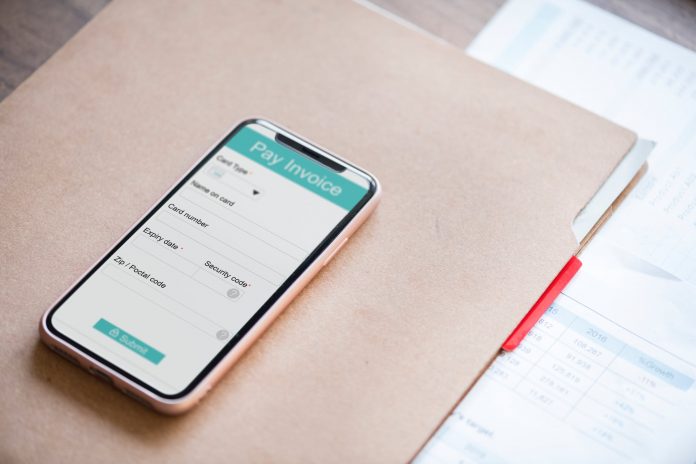Some people are looking to pursue a future career in accounting, accounts payable, and invoice processing. Others work in management or other departments and want a better understanding of this critical department.
The first step is to learn the terms that specifically pertain to AP and invoice processing.
What is Accounts Payable?
Accounts payable, referred to as AP, is the accounting entry that shows a business’ obligation to pay off a short-term debt to suppliers, vendors, or creditors.
AP is also the business department that tracks, makes, and records the payments the company owes to creditors, vendors, and suppliers.
The AP department promptly handles issued invoices to keep everyone paid on time.
What is Invoice Processing?
The complete process for handling an invoice, from the time it is received until it is posted in the accounting system and is ready to be paid, is known as invoice processing.
Invoices come in various formats including paper, e-invoice, and PDF. Typically, coding means linking the invoice amounts to the proper project, cost center, and account.
Then the invoice is distributed to the management member for review and approval.
What is an Enterprise Resource Planning System?
Referred to as an ERP system, an enterprise resource planning system is a group of business software tools made to maximize the efficient sharing of information between all departments and functions in a company.
Seamless integration to other business systems is an essential ability of an ERP system. Most offices today use an AP solution connected to the ERP system to process invoices promptly and accurately.
Facts About AP Invoice Automation
AP invoice automation processes invoices in a digital workflow. An AP invoice automation solution automatically manages some or all of the steps.
Companies use AP automation to eliminate management of paper invoices. Automation reduces manual tasks while invoices are processed quickly before the payment due date.
Invoices can be automatically coded and distributed to the designated person for approval. Configure the hierarchy into an AP automation system to streamline operations.
The Importance of Invoice Scanning

All invoice data must be converted to a single digital format to work with AP invoice automation. Invoice scanning is one of the methods used for this conversion.
Supplier invoices in different formats are scanned to digitize and capture the info on them. A company either manages the scanner and data capture solution in-house or outsources it.
Invoice scanning and data capture are necessary to work with AP automation solutions with invoices processed in a digital workflow that is wholly or partially automated.
The Necessary Task of Invoice Matching
Comparing and linking an invoice with the background data that stated the basis of the cost is known as invoice matching.
Data is usually found on a purchase order and goods delivery receipt (GDR) or within an applicable contract. When done manually, the task is complicated and time-consuming. A modern AP automation system can do this work in a touchless manner.
The Ultimate Goal: Invoice Approval
The ultimate goal for AP is to review the invoices for accuracy and get them paid before the due dates. Most companies have internal rules regarding the authorization of costs up to an absolute limit.
Configuring the approval rights into the AP automation system puts this work right at the fingertips of the right people.
The system handles the distribution of invoices to the right people for review and approval. Plus, the invoice is in a digital format with coding completed.
The personnel responsible for the job approve the invoices via a computer, laptop, or mobile device.
Knowing the terminology makes it easier to understand accounts payable and invoice processing. And AP invoice automation software simplifies and streamlines the review and approval of invoices.
The combination of inherent knowledge and automation technology is powerful for the AP department and all the other departments in a company.

